NASA Mars Rover begins driving at Bradbury Landing
NASA's Mars rover Curiosity has begun driving from its landing site, which scientists announced today they have named for the late author Ray Bradbury.
Aug 22nd, 2012
Read more
 Subscribe to our Space Exploration News feed
Subscribe to our Space Exploration News feed
NASA's Mars rover Curiosity has begun driving from its landing site, which scientists announced today they have named for the late author Ray Bradbury.
Aug 22nd, 2012
Read more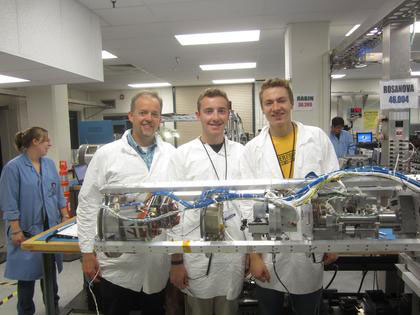 A sounding rocket launching from NASA?s Wallops Flight Facility in Virginia Aug. 23 will be carrying two University of Colorado Boulder student-built payloads and a pair of other payloads developed by students from Virginia Tech, Baylor University and the University of Puerto Rico.
A sounding rocket launching from NASA?s Wallops Flight Facility in Virginia Aug. 23 will be carrying two University of Colorado Boulder student-built payloads and a pair of other payloads developed by students from Virginia Tech, Baylor University and the University of Puerto Rico.
Aug 21st, 2012
Read more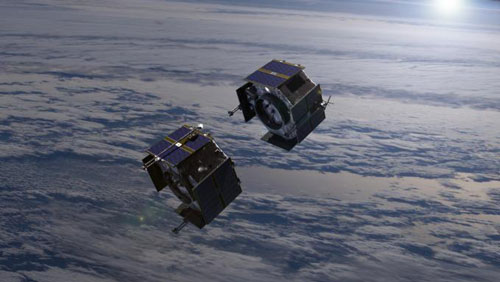 The University of Colorado Boulder will play a key role in a NASA mission launching this week to study how space weather affects Earth?s two giant radiation belts known to be hazardous to satellites, astronauts and electronics systems on Earth.
The University of Colorado Boulder will play a key role in a NASA mission launching this week to study how space weather affects Earth?s two giant radiation belts known to be hazardous to satellites, astronauts and electronics systems on Earth.
Aug 20th, 2012
Read more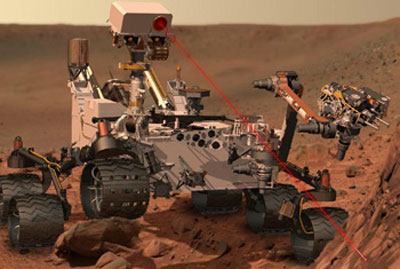 Rock zapper ready after beaming back images of calibration targets.
Rock zapper ready after beaming back images of calibration targets.
Aug 17th, 2012
Read moreNew research led by University of Warwick physicist Dr Kareem Osman has provided significant insight into how the solar wind heats up when it should not. The solar wind rushes outwards from the raging inferno that is our Sun, but from then on the wind should only get cooler as it expands beyond our solar system since there are no particle collisions to dissipate energy.
Aug 17th, 2012
Read more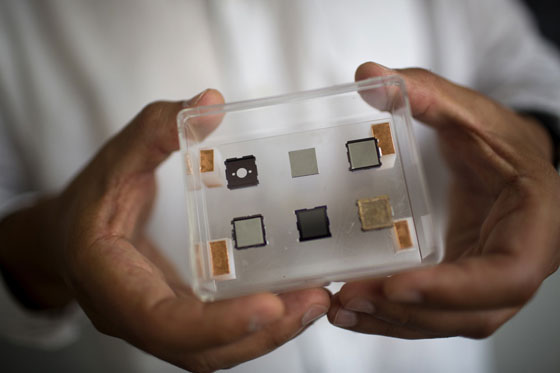 As small as a penny, these thrusters run on jets of ion beams.
As small as a penny, these thrusters run on jets of ion beams.
Aug 17th, 2012
Read more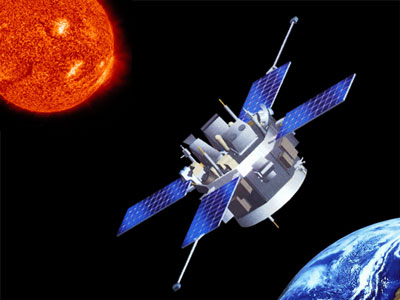 In the quest to understand how the world's weather moves around the globe, scientists have had to tease apart different kinds of atmospheric movement, such as the great jet streams that can move across a whole hemisphere versus more intricate, localized flows. Much the same must currently be done to understand the various motions at work in the great space weather system that links the sun and Earth as the sun shoots material out in all directions, creating its own version of a particle sea to fill up the solar system.
In the quest to understand how the world's weather moves around the globe, scientists have had to tease apart different kinds of atmospheric movement, such as the great jet streams that can move across a whole hemisphere versus more intricate, localized flows. Much the same must currently be done to understand the various motions at work in the great space weather system that links the sun and Earth as the sun shoots material out in all directions, creating its own version of a particle sea to fill up the solar system.
Aug 16th, 2012
Read more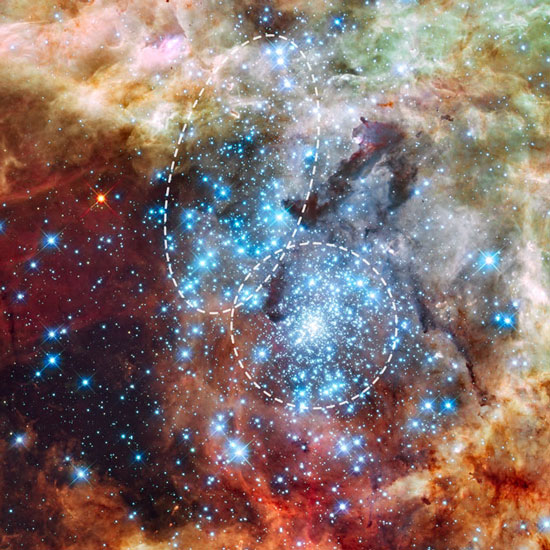 Astronomers using data from NASA's Hubble Space Telescope have caught two clusters full of massive stars that may be in the early stages of merging. The clusters are 170,000 light-years away in the Large Magellanic Cloud, a small satellite galaxy to our Milky Way.
Astronomers using data from NASA's Hubble Space Telescope have caught two clusters full of massive stars that may be in the early stages of merging. The clusters are 170,000 light-years away in the Large Magellanic Cloud, a small satellite galaxy to our Milky Way.
Aug 16th, 2012
Read more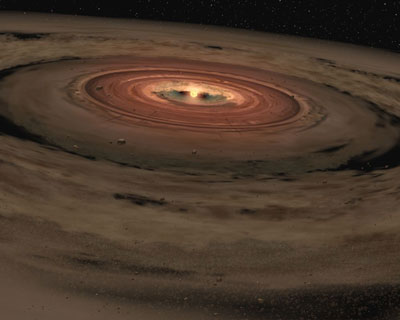 An international team, led by EXOEarths researchers (Centro de Astrof�sica da Universidade do Porto - CAUP), proposes that metals like Magnesium might have an important role in the formation of low mass planets.
An international team, led by EXOEarths researchers (Centro de Astrof�sica da Universidade do Porto - CAUP), proposes that metals like Magnesium might have an important role in the formation of low mass planets.
Aug 16th, 2012
Read moreNASA has selected a team led by Ball Aerospace & Technologies Corporation of Boulder, Colo., for a technology demonstration of a high performance "green" propellant alternative to the highly toxic fuel hydrazine. With this award, NASA opens a new era of innovative and non-toxic green fuels that are less harmful to our environment, have fewer operational hazards, and decrease the complexity and cost of launch processing.
Aug 16th, 2012
Read more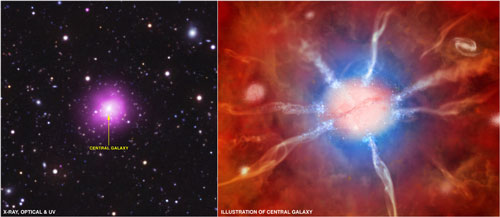 Astronomers have found an extraordinary galaxy cluster, one of the largest objects in the universe, that is breaking several important cosmic records. Observations of the Phoenix cluster with NASA's Chandra X-ray Observatory, the National Science Foundation's South Pole Telescope, and eight other world-class observatories may force astronomers to rethink how these colossal structures and the galaxies that inhabit them evolve.
Astronomers have found an extraordinary galaxy cluster, one of the largest objects in the universe, that is breaking several important cosmic records. Observations of the Phoenix cluster with NASA's Chandra X-ray Observatory, the National Science Foundation's South Pole Telescope, and eight other world-class observatories may force astronomers to rethink how these colossal structures and the galaxies that inhabit them evolve.
Aug 15th, 2012
Read moreLast spring private industry successfully sent a spacecraft carrying cargo to the International Space Station. Now the race is on to see which company will be the first to make commercial human spaceflight a reality.
Aug 15th, 2012
Read more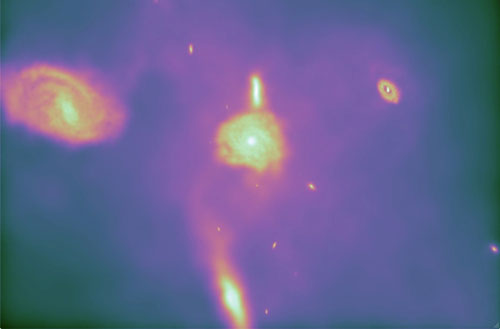 Scientists at the Harvard-Smithsonian Center for Astrophysics (CfA) and their colleagues at the Heidelberg Institute for Theoretical Studies (HITS) have invented a new computational approach that can accurately follow the birth and evolution of thousands of galaxies over billions of years. For the first time it is now possible to build a universe from scratch that brims with galaxies like we observe around us.
Scientists at the Harvard-Smithsonian Center for Astrophysics (CfA) and their colleagues at the Heidelberg Institute for Theoretical Studies (HITS) have invented a new computational approach that can accurately follow the birth and evolution of thousands of galaxies over billions of years. For the first time it is now possible to build a universe from scratch that brims with galaxies like we observe around us.
Aug 15th, 2012
Read moreResearchers may have discovered a new method to predict solar flares more than a day before they occur, providing advance warning to help protect satellites, power grids and astronauts from potentially dangerous radiation.
Aug 14th, 2012
Read moreGamma-ray photons seen emanating from the center of the Milky Way galaxy are consistent with the intriguing possibility that dark-matter particles are annihilating each other in space, according to research by UC Irvine astrophysicists.
Aug 13th, 2012
Read more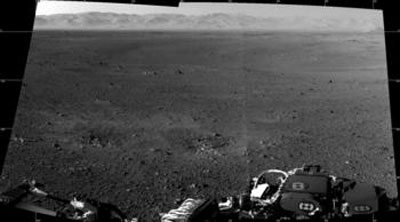 When Curiosity touched down safely on Mars on August 5, John Grotzinger, the mission's chief scientist and the Fletcher Jones Professor of Geology at Caltech, was given the 'keys' to the car-sized rover.
When Curiosity touched down safely on Mars on August 5, John Grotzinger, the mission's chief scientist and the Fletcher Jones Professor of Geology at Caltech, was given the 'keys' to the car-sized rover.
Aug 10th, 2012
Read moreAug 10th, 2012
Read moreNASA has chosen three teams to advance the state of the art for small spacecraft in the areas of communications, formation flying and docking systems. The cutting-edge space technology flights are expected to take place in 2014 and 2015.
Aug 10th, 2012
Read more